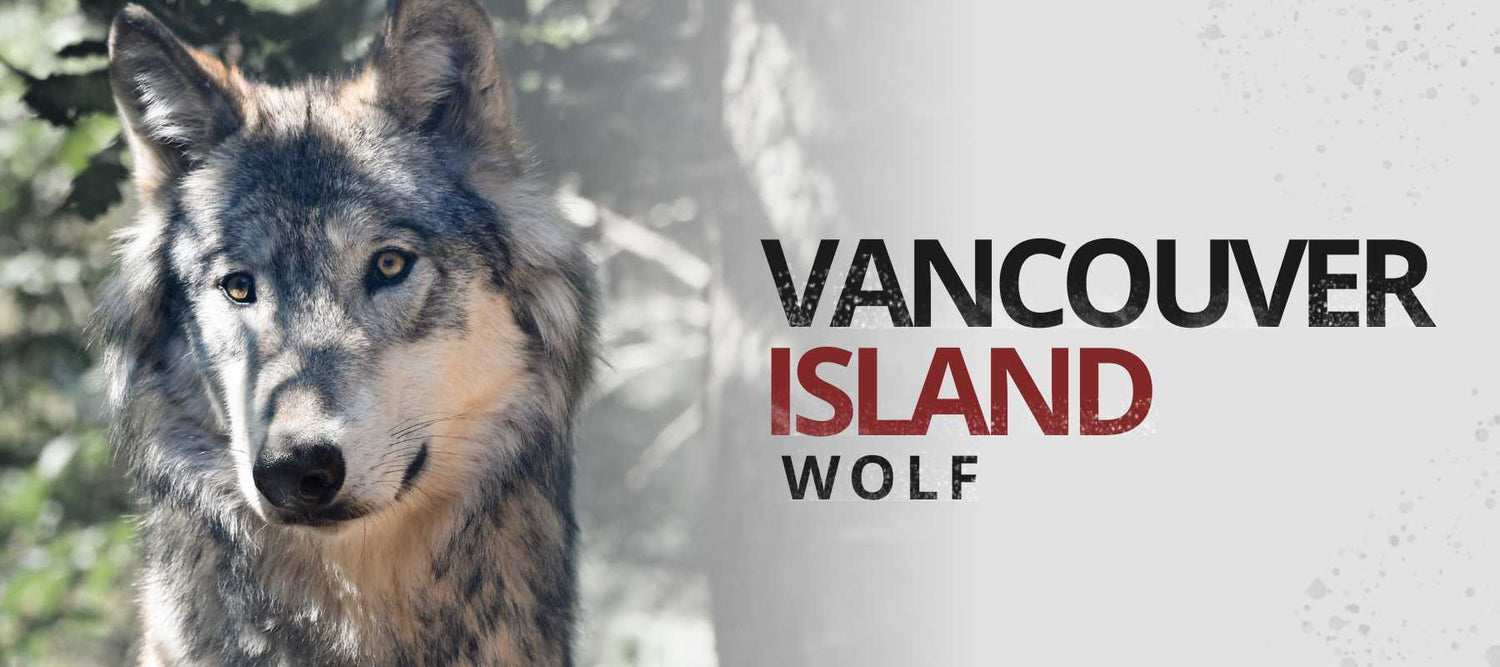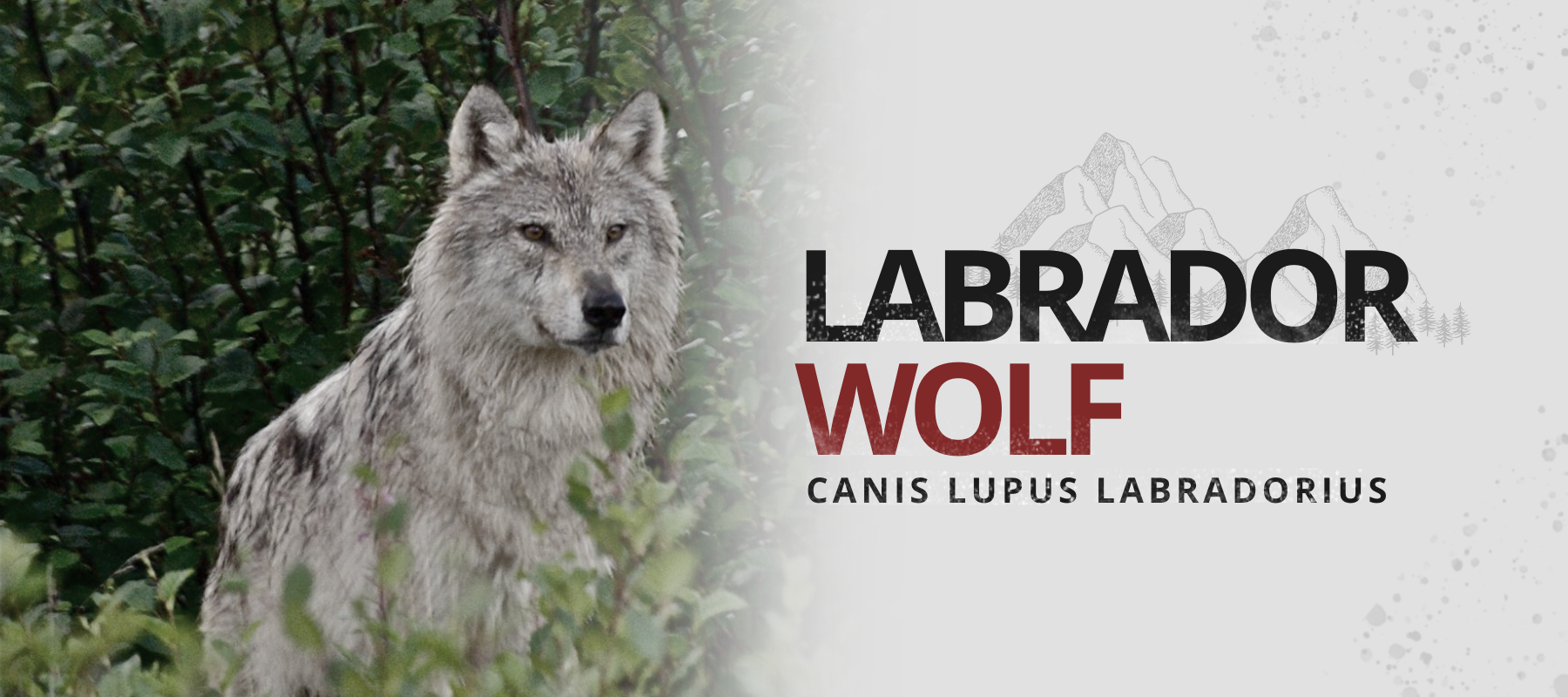CANIS LUPUS CRASSODON
The Vancouver wolf (Canis lupus crassodon) is a subspecies of the grey wolf endemic to Vancouver Island. It is a canid considered extremely threatened. There is some controversy surrounding this wolf, as it is blamed and is considered to be the main culprit in the continued decline of the Vancouver Island Marmot.
- Common name: Vancouver Island Wolf
- Scientific name: Canis Lupus Crassodon
- Specie: Gray wolf
- Type: Mammals
- Diet: Carnivore
- Average size: 4 to 5 feet
- Weight: 44 to 132 lbs

VANCOUVER ISLAND WOLF DESCRIPTION
The Vancouver Island wolf is very similar in size and appearance to its mainland cousins. Measuring approximately 2,1 to 2,6 feet in height, 4 to 5 feet from nose to end of tail, and weighs an average of 44 to 132 lbs, it is considered as a medium-sized wolf. This wolf generally has few colors compared to the continental species such as its Canadian cousin, the Labrador wolf. Some Vancouver Island wolf appear almost entirely white.
Another characteristic of this subspecies is the density of specimens for a territory. This species can go up to 14 individuals per km² which is very high compared to other wolf subspecies.
VANCOUVER ISLAND WOLF DIET
The Vancouver wolf feeds primarily on black-tailed and red deer, hunting small game such as squirrels, rodents and beavers only when large prey is scarce. Wolves hunt alone or in packs depending on the size of the game being hunted. Their role at the top of the food chain is essential to control wildlife populations.
VANCOUVER ISLAND WOLF BEHAVIOR
The Vancouver wolf is a very sociable animal that forms packs of 5 to 35 individuals. Life in the pack is dominated by rank in order to be as close as possible to the top for a chance to breed and to be the first to be served at mealtimes.
It is a very shy animal that prefers to stay away from the man it is afraid of (and he is right). If you go to the island, you will probably have more chance to hear them howling in the night than to see them in person.

VANCOUVER ISLAND WOLF POPULATION AND THREATS
The Vancouver wolf is a predator that requires large hunting territories. As a result, the progressive destruction of its habitat is the main threat to it. The range of the Vancouver wolf has been greatly reduced by the incursion of man on this island. Many potentially habitable areas for the wolf are unoccupied due to the fragmentation of these areas and since packs are generally reluctant to move through developed areas, they leave these spaces unused.
However, the most direct threat remains man and his thirst for hunting. The government has organized several anti-wolf campaigns in the past, either to preserve deer populations or to alleviate pressure on the decline of the Vancouver Island marmot.
Although the total remaining population is estimated at less than 150 individuals (according to the Ministry of Environment in 2008), hunting continues. This hunt, known as sport or remedial hunting, on potentially breeding adult wolves will undoubtedly have the potential to inexorably extinguish this species.
Vancouver's wolves are in serious danger of extinction. With only two adults in captivity at the Vancouver Zoo, the prospects for a future captive breeding program are slim. In addition, as there are fewer and fewer packs on the island, genetic transfers between packs are also diminishing, leading to repeated inbreeding and thus reducing the species' hope for survival.
Deforestation has relentlessly reduced the number of potential prey for the wolf, with the result that the animal has no choice but to prey on cattle farms, which are an easy meal for them. These repeated attacks further encourage the islanders to shoot them on sight.
THE ROLE OF THE VANCOUVER ISLAND WOLF FOR THE ECOSYSTEM
As the largest predator on Vancouver Island, the wolf is essential to the ecosystem and has a far-reaching effect on the lower levels of the food chain. The disappearance of this species could lead to an overpopulation of ungulates which would lead to overgrazing of the undergrowth and thus its disappearance. This would inevitably lead to the elimination of many animal species.



